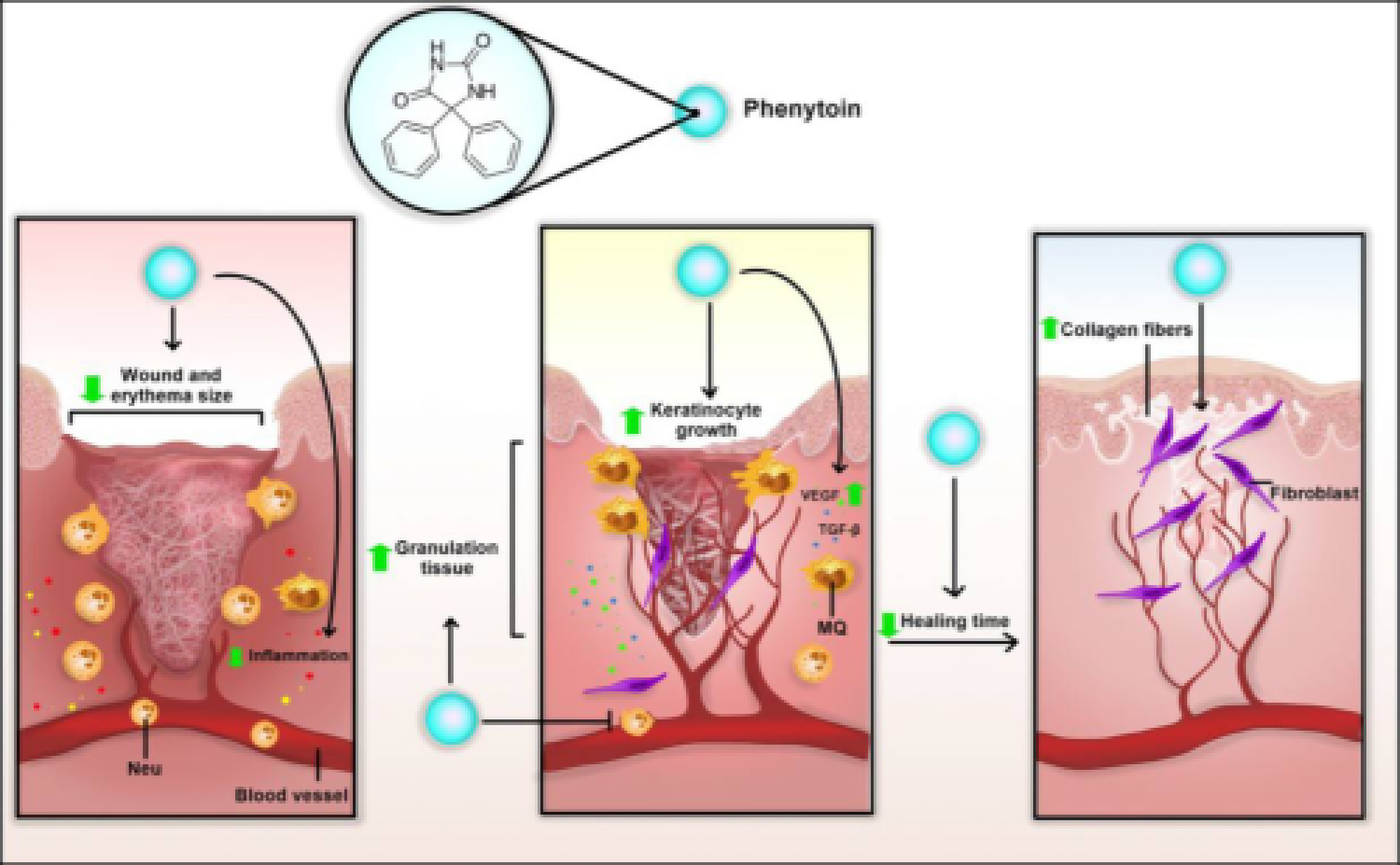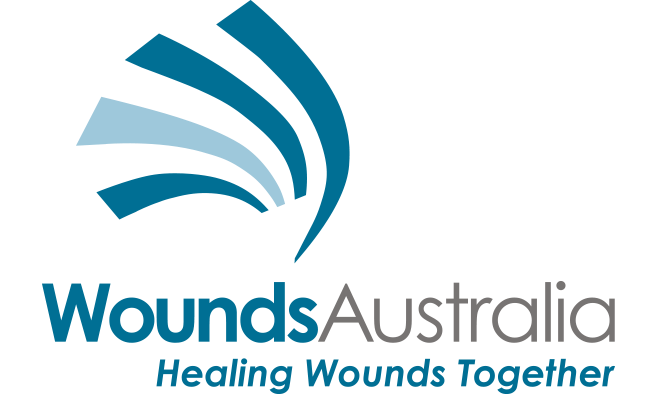This month’s Wound Practice and Research – the official Wounds Australia Journal – begins by remembering two pioneers of global wound care: Pam Morey and Professor Greg Schultz, both of whom passed away in the first half of 2024. Greg was a member of the WPR editorial board, a regular presenter at Wounds Australia conferences and a groundbreaking researcher in the area of biofilms in diabetic wounds. Read more about Greg in our news centre. Pam was a Wounds Australia Fellow and Board Director, and a much respected and loved member of the Australian wound care community. Her friend and colleague Keryln Carville writes more in WPR.
Also in the new issue:
An integrative review of pulsed electromagnetic field therapy (PEMF) and wound healing
Research has found that pulsed electromagnetic field therapy (PEMF) influences signalling molecules involved in wound healing, so the use of PEMF in areas like incision wound repair, diabetes-related foot ulcers and pressure ulcers is a growing area of study. This integrative literature review by Helmy and Valdebran summarises the emerging potential uses, benefits and risks of PEMF in wound healing.

Figure 2. Potential mechanism of topical phenytoin in wound healing. Topical phenytoin can reduce inflammation, wound and erythema size, and healing time. Phenytoin can also induce granulation tissue, keratinocyte growth and collagen fibre, accelerating wound healing procedure
Topical phenytoin for wound healing: a narrative review
What does the research say about the efficacy of topical phenytoin in wound healing? This narrative review of 26 articles by Qadirifard et al:
- found positive growing evidence for phenytoin outperforming a range of other options including saline, zinc, cold cream and common dressings
- concluded more studies comparing the effects of phenytoin versus honey, fluocinonide and laser on wound healing are needed.
Assessment, management and prevention of acute wounds in the Australian context: a scoping review
Prevalence surveys show the majority of wounds encountered in hospital and outpatient community settings are acute – generally, surgical wounds, burns, traumatic wounds and skin tears – yet, despite their frequency, inconsistent management of acute wounds is often reported. The embedding of research evidence into clinical practice has been shown to deliver improved outcomes, so this scoping review of global research on acute wound assessment, management and prevention by Finlayson et al is an important piece of work that found significant gaps in the literature.
The effects of a combined occupational therapy and nursing preventative approach to reduce hospital-acquired pressure injuries in an acute inpatient hospital setting: a case control study
Lommerzheim et al report on the use of a combined OT and nursing preventative approach to reducing hospital-acquired pressure injuries (HAPI), concluding the intervention significantly reduced rates of HAPI, even while barriers to consistent implementation exist.
The effectiveness of a silicone tape intervention in reducing N95 mask-related pressure injuries for healthcare professionals in an inpatient hospice setting
Chang et al describe the success of a silicone tape intervention in reducing N95 mask-related pressure injuries for healthcare professionals in an inpatient hospice setting, and recommend its continued use. Read it now.
Be published in WPR
Interested in contributing? There are many benefits to being published in WPR:
- Online and open access
- No article processing fees
- The prestige of publication in the official journal of Wounds Australia, the peak body for chronic wounds.
View our submission guidelines.
Thanks to all the wonderful clinicians and researchers who contributed their work, and to editors Zlatko Kopecki and Peta Tehan for producing a fascinating journal.
|

